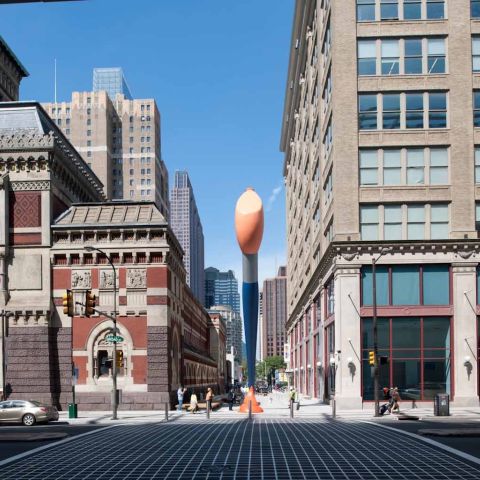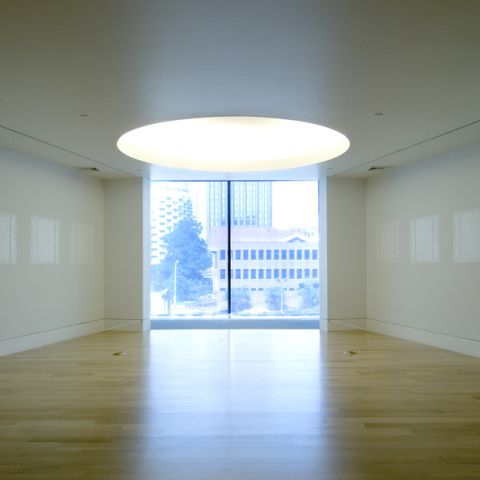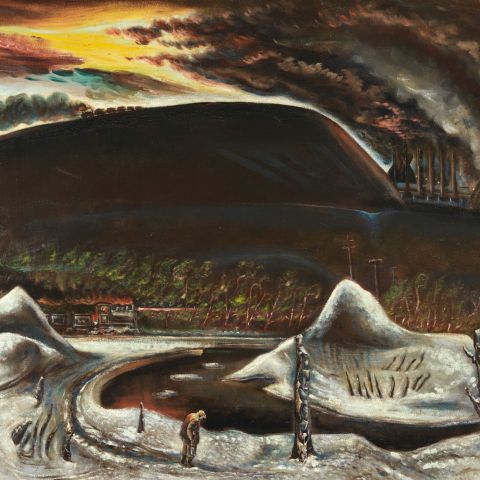James Allister Sprang: When I put my ear to the wet of the grass...
When I put my ear to the wet of the grass... is a series of notes, citations, and tributaries by Caribbean-American artist James Allister Sprang made in the Spring of 2019.
Accompanying the exhibition, which primarily consists of cyanotypes, is sound work, consisting of field recordings from Sprang’s hometown of Miami, Florida and a backing track recorded from a generative modular synthesizer.
Raised in Miami, Florida, James Allister Sprang is a first-generation Caribbean-American and a visual artist, currently based in Philadelphia. Sprang studied at Cooper Union (BFA) and the University of Pennsylvania (MFA). His work exists in public spaces, gallery spaces, theater spaces, and space generally found between the ears. He has shown and performed at institutions such as The Public Theater, Baryshnikov Art Center, Vox Populi, Abrons Arts Center, The Apollo Theater, The Brooklyn Museum, Knockdown Center, Pioneer Works, and The Kitchen.
Artist's Notes
The majority of the works in this exhibition are cyanotypes. An alternative photographic process developed by astronomer John Herschel in 1842, cyanotypes are made by placing the surfaces of different objects in contact with each other (atoms, paper, fabric, transparent plastics) and exposing them to light.
To generate these cyanotypes, I combine the chemical compounds ferric ammonium citrate and potassium ferric cyanide to produce a photosensitive solution, which depending on the length of its exposure, results in a variety of blues.
Herschel used cyanotypes as a means to copy his field notes. Later, to copy their drawings, which mapped and delineated space, early architects used this process to make blueprints.
With the cyanotype, the mechanics associated with analog photography are absent (i.e. lens, camera, enlarger). Instead, the photosensitive solution painted onto the paper’s surface and exposed to sunlight documents the opacity of what is placed above it.
In these works, made from a perspective of blackness, the deepest of blues are fully exposed.
What fully takes on the color of the paper proves to be opaque, and the blues in-between take on dimension.


